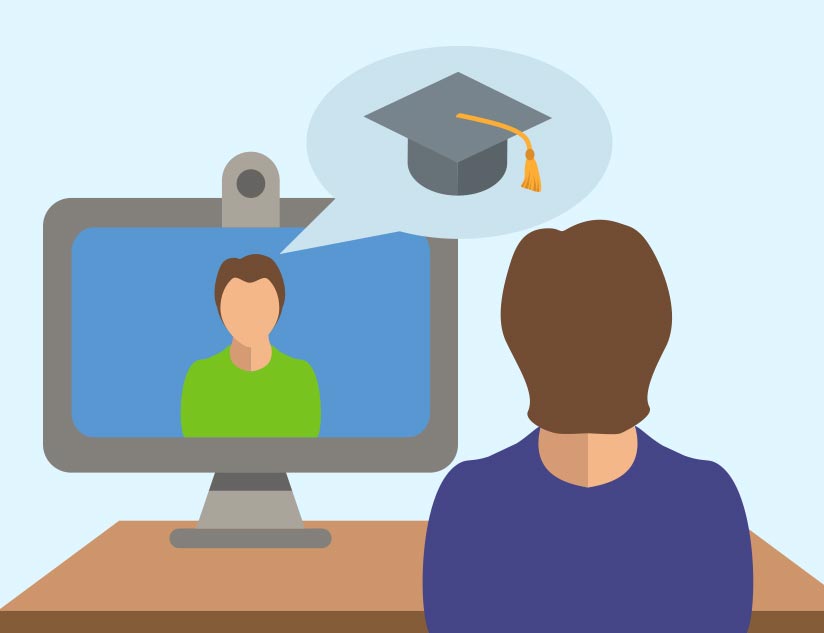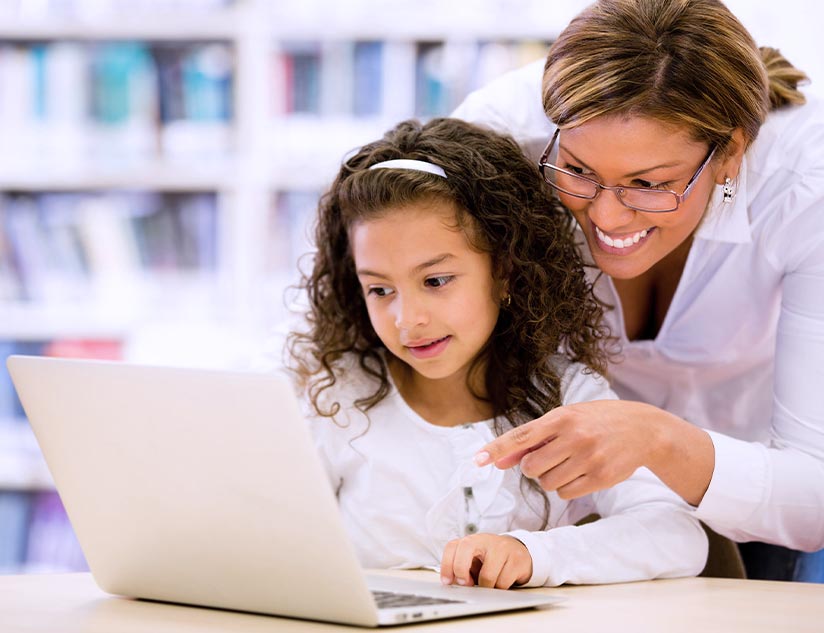The concept of “teaching to the middle” is no longer proving to be an effective instructional or design strategy. The traditional instructor-centered educational approaches were based on the belief that most people learn in similar ways. However, there are several studies that suggest it is not the case. A 2015 National Center for Education Statistics report confirmed that nearly 74% of undergraduate students have at least one non-traditional characteristic, such as being a single caregiver, not having a traditional high school diploma, attending school part-time, and/or being employed full time. Students with these characteristics are often more vulnerable to challenges that can affect their well-being, levels of stress, and satisfaction.
As educators are becoming more aware of these factors, they are developing and implementing affordable and manageable strategies to meet student’s individual learning needs. This is where adaptive and personalized learning comes in.
What is Adaptive Learning?
Educators have been looking for new ways to utilize technology in education. Adaptive learning is an approach that allows customization of the course material according to the needs of the student and thus, creates a unique experience that cannot be provided in traditional classes. This e-learning method provides students with immediate assistance, resources specific to their learning needs, and relevant feedback at all times.
The US Department of Education created the National Education Technology Plan (NETP) that articulates a vision of equity, active use, and collaborative leadership to enable all-the-time learning. This plan addresses the benefits of adaptive learning across the full spectrum of education. It encourages institutions to employ technology-enabled approaches with redesigned diagnostic tools and adaptive, targeted remediation for students that require additional preparation to succeed in college-level courses.
How Does Adaptive Learning Work?
An adaptive learning model uses a web-based platform in the form of an interface, an interactive program, or a learning flow. This platform contains all material needed to create courses and includes activities, assessments, and materials required for all learning tasks. Once the students complete an evaluation, this digital tool selects appropriate lessons for each student, classifies their responses, and provides performance reviews for the educator. While some students may speed through the lessons, others may need to review prior material. As they continue to engage with the platform, it becomes more attuned to their needs and selects further materials that will help them achieve the learning goals.
Even the assessments can be graded as they are completed, offering immediate feedback to the educator and recommending potential interventions if necessary. This is what allows the educators to customize the course according to each unique individual, making it more challenging for some or less challenging for others.
What Is Personalized Learning?
Personalized learning does not apply a “one size fits all” approach to education. It encourages educators to cater to each student according to their unique strengths, interests, needs, and skills. It is based on the concept that each student and his/her needs are completely unique. So, the educators should understand that the same course may take one student a month to complete but another three months.
Personalized learning enables students to receive a customized learning experience. They should be allowed to learn at their own pace with structure and support in challenging areas. All learning should be aligned with their interests, needs, and skills, and it should take place in an engaging environment so that they gain a better understanding of their strengths.
How Does Personalized Learning Work?
Each personalized learning course functions in a unique way to cater to the unique learning abilities of each student. There are many forms of personalized learning that enhance the skills and capabilities of the students:
- Individual e-learning modules: Students get to choose what they want to complete and they can learn on their own
- MOOCs (Massive Open Online Courses): They encourage unlimited participation so that students can learn at their own pace
- Virtual Instructor-Led Training (VILT): It is delivered in a virtual environment wherein the instructor and the students are in separate locations. This approach saw a huge surge with the pandemic-led school closures and is likely to remain a key means to deliver education.
Among these forms, virtual instructor-led training is more common as students usually prefer online courses that mirror traditional in-person classrooms. It not only allows them to listen in on a lecture but also have the ability for discourse.
Primary Difference Between Personalized and Adaptive Learning
Adaptive learning uses data and analytics to continuously adapt the learning path. For instance, two students that were initially on the same learning path (course) may receive different lessons based on their previous work in the course.
On the other hand, personalized learning works on the assumption that each learner is totally unique. While the same historical data and analytic process of adaptive learning are used in personalized learning, it goes a step ahead and provides a higher level of personalization in the education approach.
The Way Forward: A Complementary Approach
Technology has the potential to transform the education landscape and make digital equity possible. If digital learning is properly deployed, it can support the wild diversity of background knowledge and experiences, academic preparation, and learning schedules the modern world students. But, for this purpose, adaptive learning strategies will have to be integrated into a comprehensive personalized learning system. Additionally, this should be supported and implemented institutionally by faculty and staff training and designated resources.
The U.S. Department of Education’s Office of Educational Technology has designated both adaptive and personalized learning approaches as “Design Principles for a Student-Centered Higher Education Ecosystem,” in the recently published in the Supplement to the National Educational Technology Plan. The education system should be made flexible to the student’s needs, interests, and goals, and responsive to constraints around the schedule, employment, financial means, and other life circumstances. It will empower them to drive their own continuous learning through a digital infrastructure that enables everywhere, all-the-time learning while ensuring true digital equity.
How to Use Adaptive Learning to Personalize Learning Experiences
Even with a wide range of digital tools available within EdTech, it is the educators’ human intelligence that is instrumental in enabling true learning. So, educators should know how to properly harness the power of adaptive learning to create a personalized digital learning experience for their students.
The Learning Content
Educators should create the same lesson or learning module in different formats. They can take the help of digital publishing platforms to create courses that can be easily reused and modified into a variety of formats. It will help in setting the automatic rules in the adaptive learning system according to the personalized needs of every student.
The Content Delivery
Educators should maximize the benefits of the digital learning environment. They can opt between remote synchronous learning (wherein students and the instructor are online at the same time), or a completely asynchronous delivery (wherein the students learn at their own pace from available resources, even recorded sessions).
The Assessments
Educators should assess students depending on how they prefer to learn. They can create different types of assessments, including adaptive, formative, summative, standards-based and even video assessments, to gain timely insights and steer students in the right direction for enhanced academic outcomes. This will also help them better gauge the potential and learning capability of each student.
With the help of the right EdTech tools, educators can customize the content and assessments to enable personalized learning experiences for all students. They can create and deliver instruction that adapts to the learning needs of every student and achieve the best learning outcomes.
MagicBox™ and its advisory team can provide such a unique platform to create high-quality learning content that is at par with the latest standards. Contact us to know how we can help with customizing our award-winning platform to your needs.















